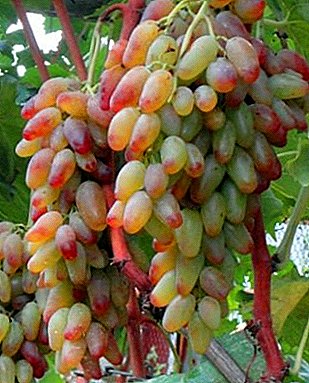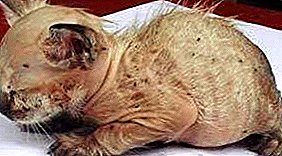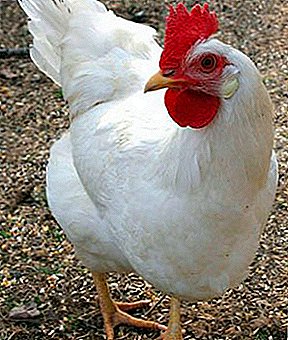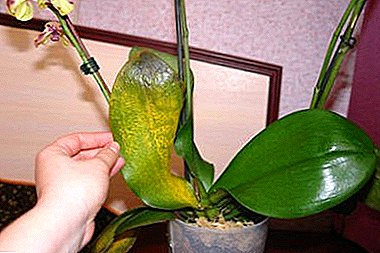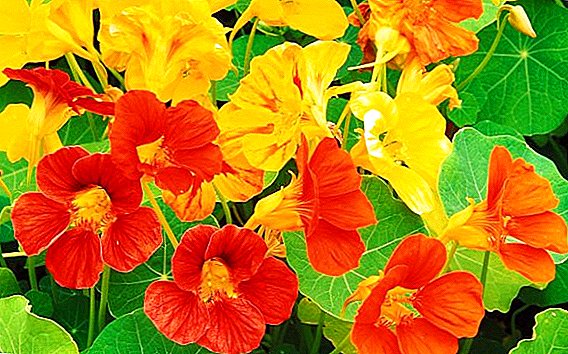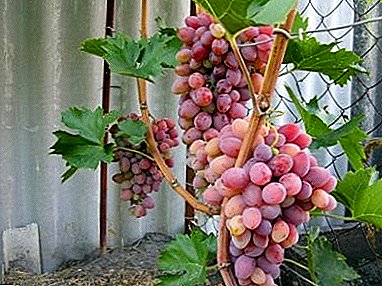
Grapes of pink varieties - always a great choice for the estate. Thanks to him, you will not be transferred to a wonderful dessert wine, juices and fresh fragrant berries.
But all varieties behave differently, in particular - with regard to resistance to disease and climate fluctuations. What you need to know about the variety Red Delight?
What kind is it?
Table grapes of early ripening. Fruiting begins in the third year after landing.
It combines well with most stocks and varieties. Used in winemaking as an integral element in a bouquet of high-quality dessert wines, as well as in juices, compotes, desserts or natural form.
Pink varieties also include Angelica, Gurzufsky Pink, Helios.
Bunches and berries are very beautiful, so the vine of Red delight, wrapped around the facade, is an excellent "advertisement" of the farm.
Grapes Red Delight: variety description
Bushes are usually medium - and vigorous. The cluster is large, loose, cone-shaped, weighing in 600-800 g.
Anthony the Great, Athos and Vodogray are also distinguished by strong growth.
Berry elongated with a pointed tip, sometimes oval or egg-shaped, light red and red.
The flowers are female, but in the neighborhood of bisexual pollination does not arise. Peel of medium density. The flesh is dense, fleshy, very sweet, with a rich taste and strawberry flavor.
Vine powerful brick shade. Leaves are saturated green, heart-shaped.
A photo
Photo grapes "Red Delight":


Breeding history
Was put in the laboratory VNIIVIV them. Potapenko. It grows and bears fruit in the southern and central regions, also in the north-west of Russia, in the Urals, in Siberia and the Far East.
Among the famous varieties of the same research institutes can be noted Amirkhan, Augusta and Aladdin.
Specifications
It is characterized by good resistance to cold (to - 25), average - to diseases. Needs regular watering, feeding, good weather conditions.
Well tolerated sub-zero temperatures and such varieties Kishmish Radiant, Lia and Laura.
He also does not like the increased humidity and soil with a large amount of nitrogen-containing fertilizers. Fruits about 70% of all shoots.
The optimal load of the bush - up to 55 eyes. Satisfactory rooting of cuttings. Sugariness reaches 26%.
Diseases and pests
It should be noted that this variety has a low resistance to powdery mildew (oidium and mildew) and phylloxera.
Brings trouble oidium in hot years when temperatures rise in summer 30 degrees.
The best way to combat this scourge are sulfur vapors. Sulfur can only be sprayed in warm, dry weather. Copper and other fungicides are ineffective. For prevention, you need to remove excess shoots and leaves, and those with signs of oidium - immediately burn.
Do not neglect measures to prevent diseases such as anthracnose, rubella, chlorosis, bacteriosis and bacterial cancer.
Phylloxera or simply aphids, the worst trouble for grapes. Everything suffers from it - leaves, shoots, berries, inflorescences. Fighting it with lindane and carbon disulfide.
 The latter is extremely dangerous not only for aphids, but also for the bushes themselves. The “killer” dose of 300-400 cubic cm / m2 completely kills the aphids, but, unfortunately, the bushes that she managed to hit.
The latter is extremely dangerous not only for aphids, but also for the bushes themselves. The “killer” dose of 300-400 cubic cm / m2 completely kills the aphids, but, unfortunately, the bushes that she managed to hit.
Because usually resort to a compromise option - 70-90. With such a dose, the bushes do not die, and the aphid leaves for a long time (but, unfortunately, not forever).
Another problem of grapes of any variety is leafworm. If you ignore this problem, “they will not eat, so they will eat it”, or rather, they will spoil everything that they could not eat. Poison sprays are used against them.
Of course, it will not do without ostentatious hunters for sweet grapes and birds. Insecticides, sticky baits and mesh meshoyaki are used against the former, and strong fine-meshed (but not rope) nets will stop the latter. If a wasp nest is found on the plot, it must be destroyed.
Wine, which includes this variety, will be harmonious, fragrant, moderately sweet, with a rich, original bouquet and strawberry aftertaste.
The special taste of the berries is also different varieties Ruta, Chocolate and Tempranillo.
By themselves, the berries are very sweet, juicy, and most importantly - useful, so you can definitely say that the farmer who planted these grapes on the plot made the right choice.


